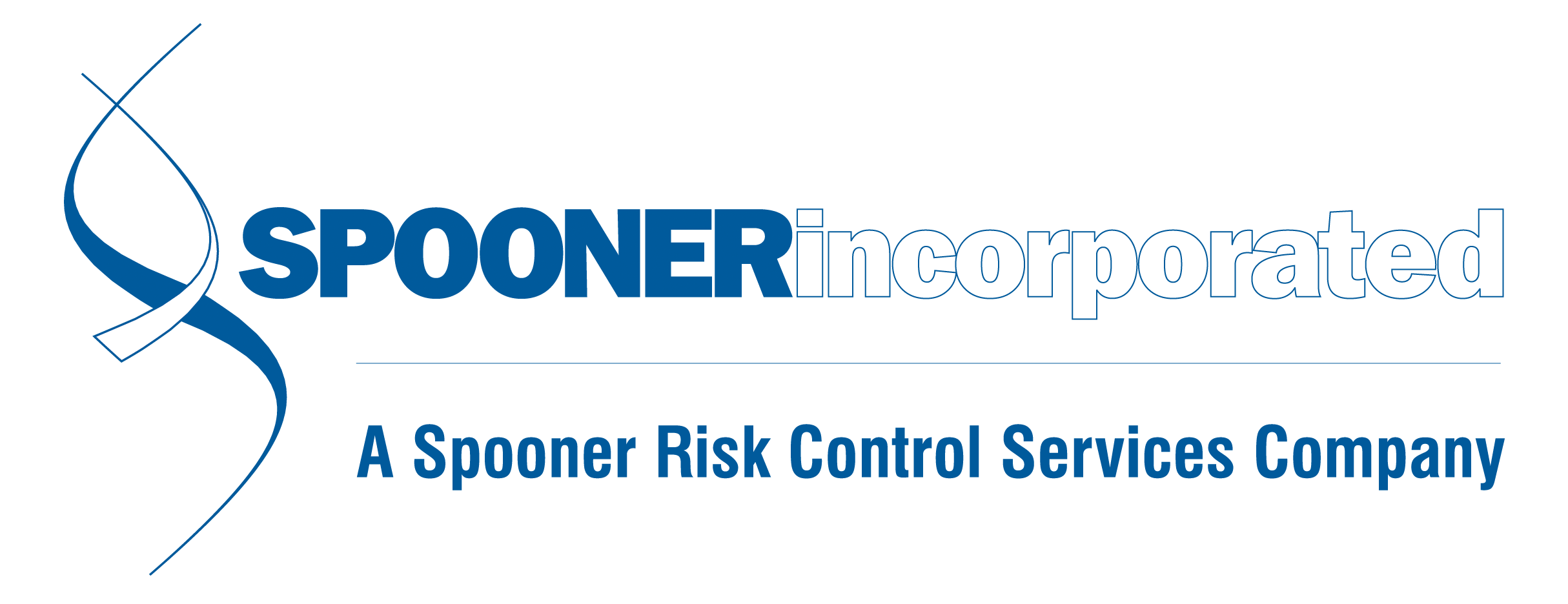July 2024 OSHA Update
Late June and early July saw two important regulatory-related updates, one of which could potentially impact the other. First, on June 28, 2024 – the U.S. Supreme Court issued a ruling in Loper Bright Enterprises vs. Raimondo that may change who is responsible for interpreting laws and regulations issued by a government entity.
Prior to June 2024, the US Supreme Court was guided by the 1984 ruling in Chevron vs. Natural Resources Defense Council Inc – which determined that the agency that created the statute in question would be deferred to on interpretation, unless Congress had specifically addressed it previously. This has since been called the “Chevron Deference.”
Following the June 28th Loper Bright ruling, the judicial branch will have the power to interpret such statutes. This change in administrative law could impact any employer that is subject to government regulations, including matters involving OSHA.
Speaking of OSHA, they made headlines again in July as the proposed heat illness rule was finally made public. If you’re unfamiliar with the rulemaking process, it can still take another year or more for this proposed rule to become a reality that employers must comply with. Once the proposed rule is officially published in the Federal Register, it will then be open to commentary from interested parties for 120 days.
However, it’s important to note that OSHA still has a National Emphasis Program (NEP) on heat illness that is active through April 2025, and citations for heat illness are being issued under the General Duty Clause.
If you don’t feel like reading all 437 pages of the proposed rule, here are a few high points:
• The proposed rule would require applicable employers to have a written heat injury and illness prevention plan (HIIPP), heat injury-related safeguards, training, and scheduled program reviews and updates.
• Each employer must designate a “heat safety coordinator” to evaluate the HIIPP each year.
• The proposed rule is a specification standard, meaning employers won’t have discretion in deciding the what, when, and how of addressing heat as a workplace hazard.
• There will be specific “heat triggers.” Keep in mind that “heat index” isn’t just the temperature – it also incorporates humidity levels.
• At an initial heat trigger of 80° F heat index, employers of both outdoor and indoor workers must provide break areas that allow for suitable relief from the sun and heat, as well as cool drinking water.
• At the high heat trigger of 90° F heat index, employers must also monitor for signs and symptoms of heat illness and provide mandatory 15-minute breaks every two hours.
• Exceptions may be made for “work activities for which there is no reasonable expectation of exposure at or above the initial heat trigger” or work performed in areas or vehicles where “air-conditioning consistently keeps the ambient temperature below 80°F.”
• Acclimatization*: This is the body’s adaptation to work in the heat as a person is exposed gradually over time, which reduces the strain caused by heat stress and enables a person to work with less chance of heat illness or injury.
New employees: Employer must implement one of the following acclimatization plans for employees during their first week on the job:
A plan that at least incorporates the initial heat trigger precautions during the employee’s first week of work; or
Gradual acclimatization to heat:
- 20% of a normal work shift exposure duration on the first day of work,
- 40% on the 2nd day
- 60% of the 3rd day
- 80% on the 4th day
- 100% on the 5th day
Returning employees: Employer must implement one of the following plans for employees who have been away (e.g., vacation, sick leave) for more than 14 days during their first week back on the job:
A plan that at least incorporates the initial heat trigger precautions during the employee’s first week upon returning to work; or
Gradual acclimatization to heat:
- 50% of a normal work shift exposure duration on the first day of work,
- 60% on the 2nd day
- 80% of the 3rd day
- 100% on the 4th day
Note: Acclimatization requirements do not apply if the employer can demonstrate the employee consistently worked under the same or similar conditions as the employer's working conditions within the prior 14 days.
We know that even these highlights may have some employers feeling overwhelmed, but there’s no need to panic yet. As mentioned earlier, there’s still a long road ahead before any of this is cemented. Even if the proposed rule were to pass as written, there’s a good chance it will face legal challenges from trade associations, employer advocacy groups, and individual employers.
We will notify Spooner clients when the commentary period opens (via our blog, social media, and newsletters), as we feel it’s important to exercise your right to be an active participant in this rulemaking process. If you feel that any part of the proposed rule would be unsustainable for your business to comply with, make your voice heard. It’s vital to protect your most important assets – your employees. Our ever-changing planet and more aggressive weather systems have created an urgency to bring awareness to heat-related injury and illness in the workplace. We hope that a middle ground that both protects employees and considers the logistics of employers being compliant can be agreed upon.
If you have questions about heat injury and illness prevention, reach out to your Spooner Safety representative or contact Matthew Janas at 440-249-5260 x122.

